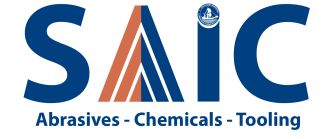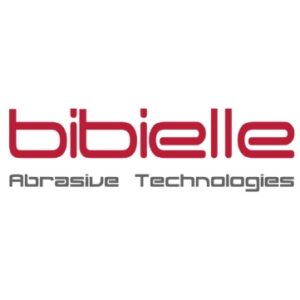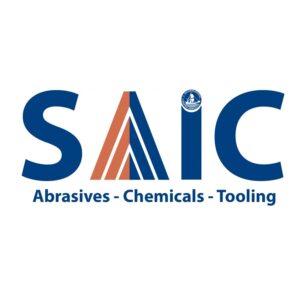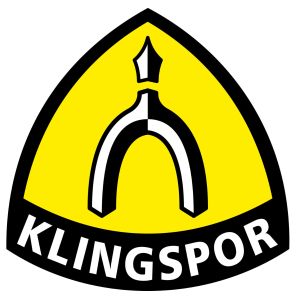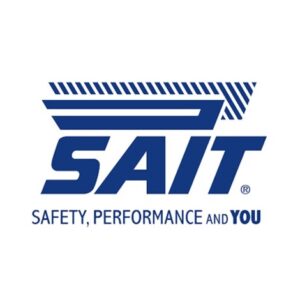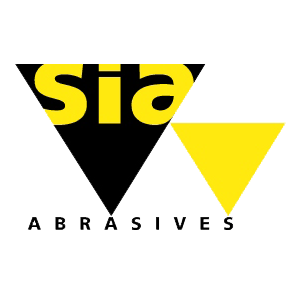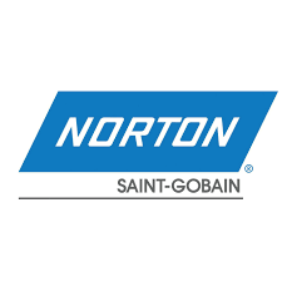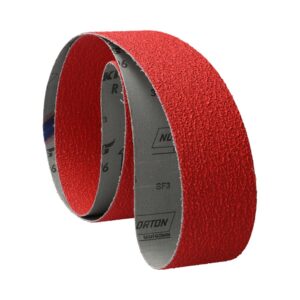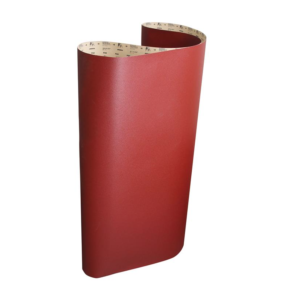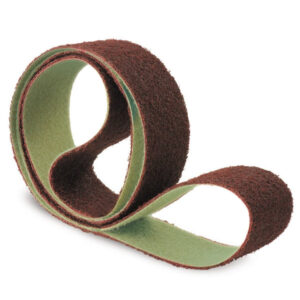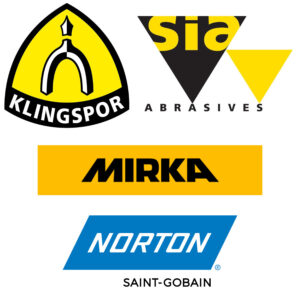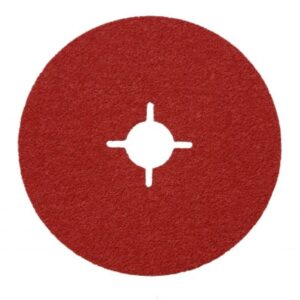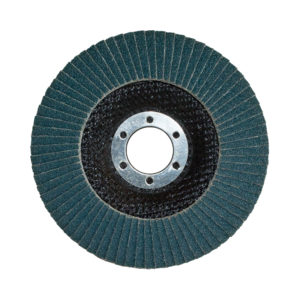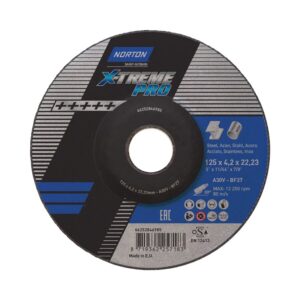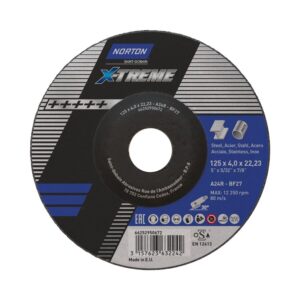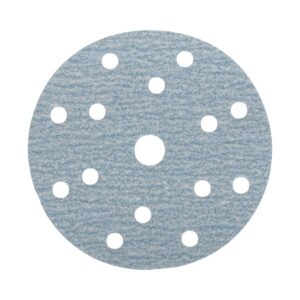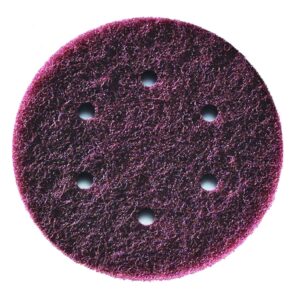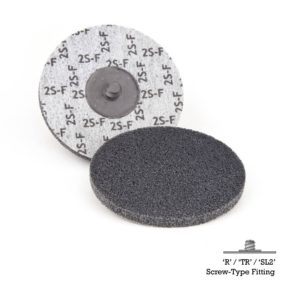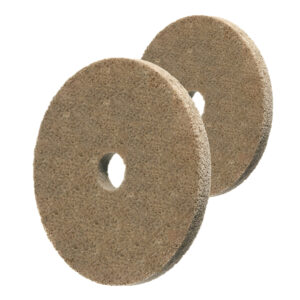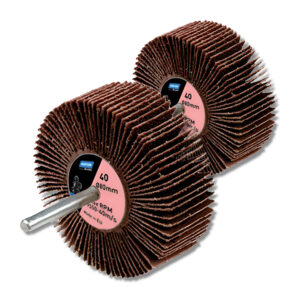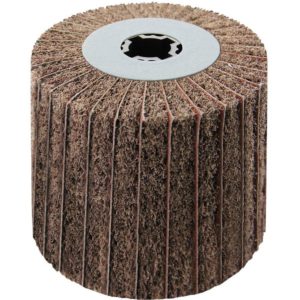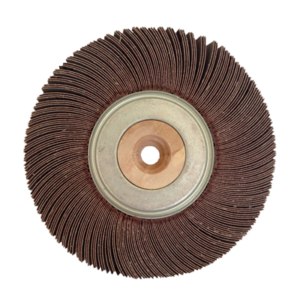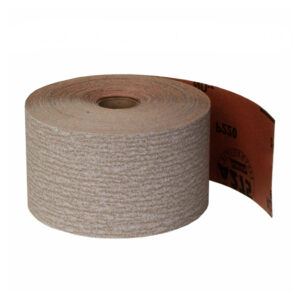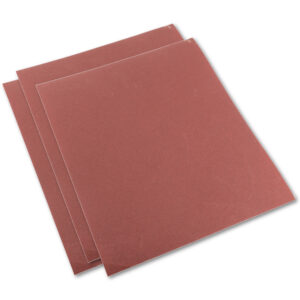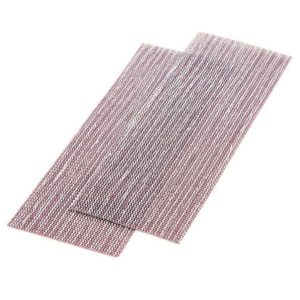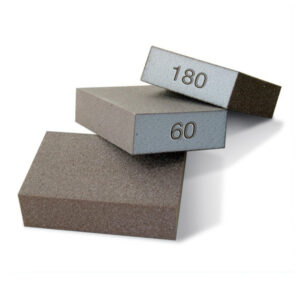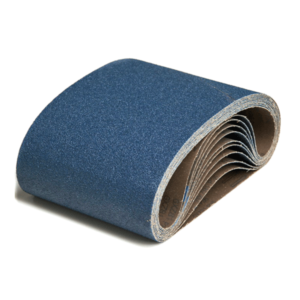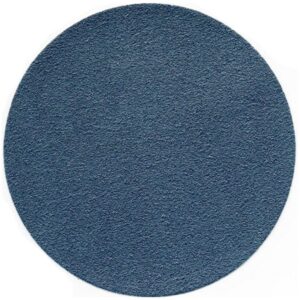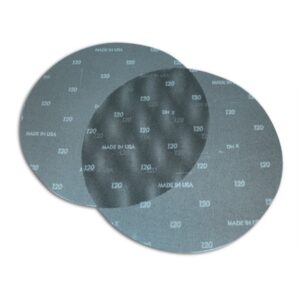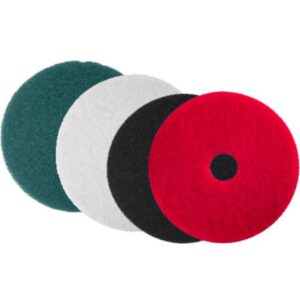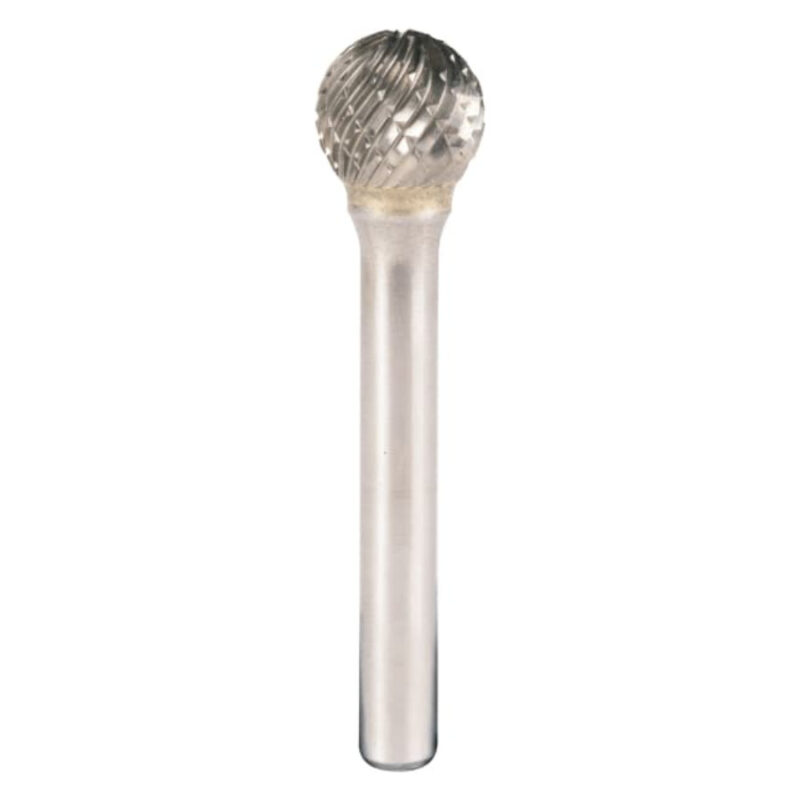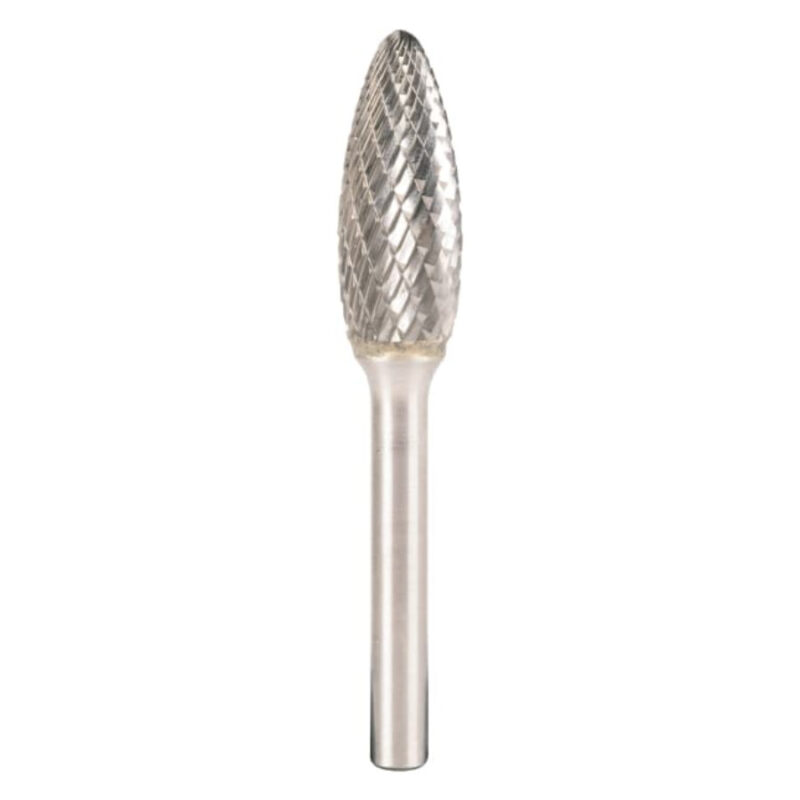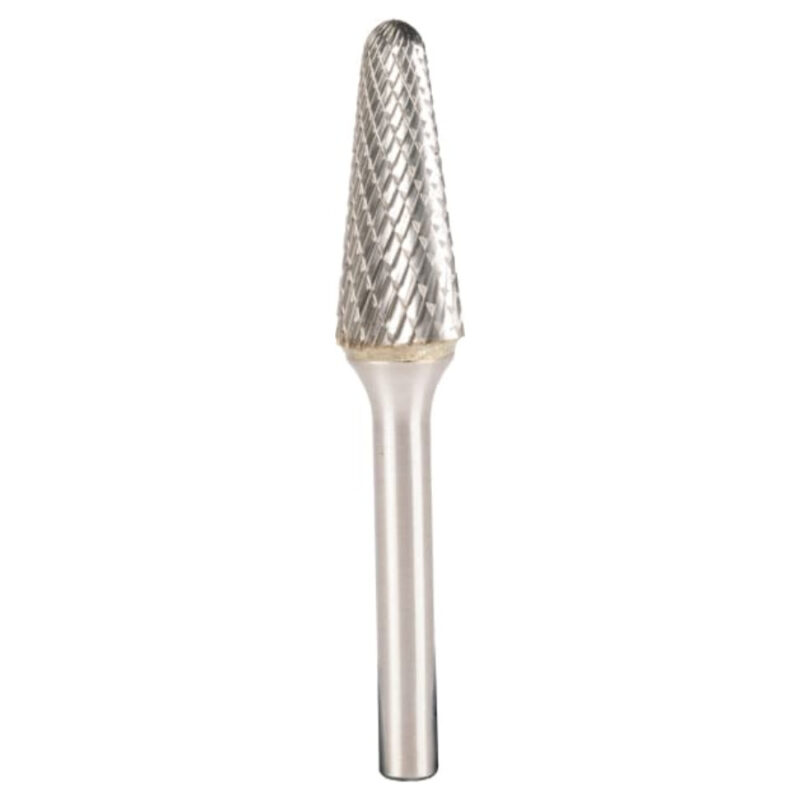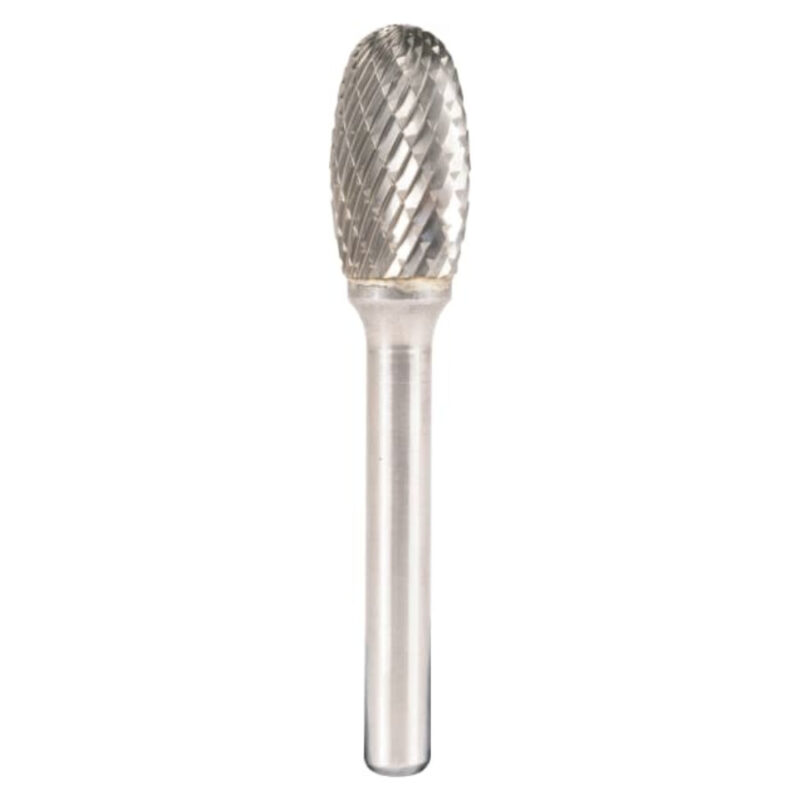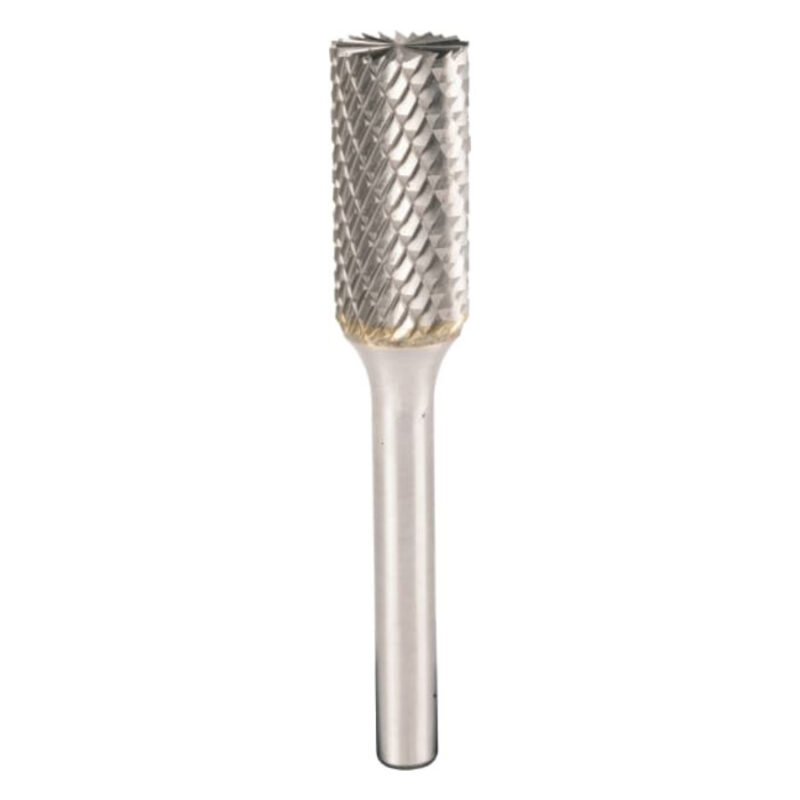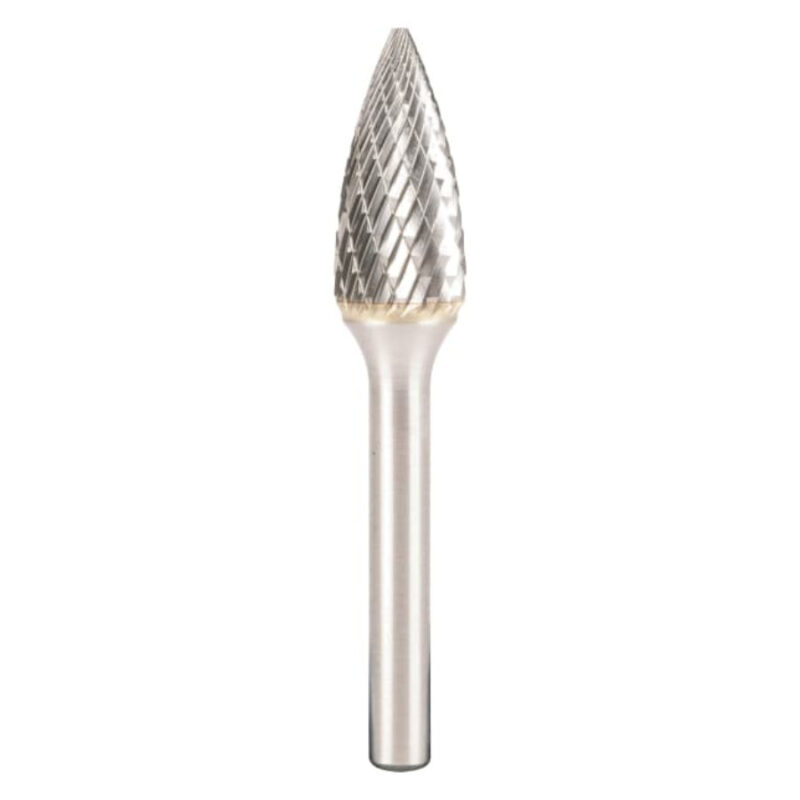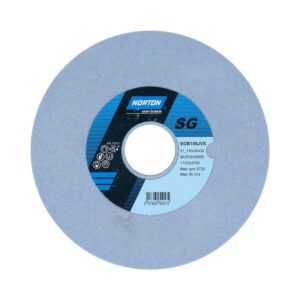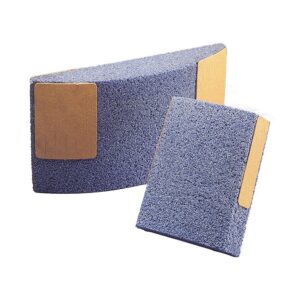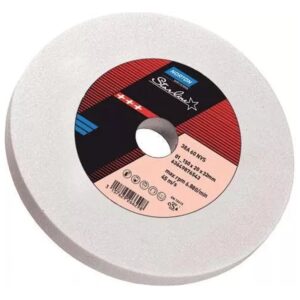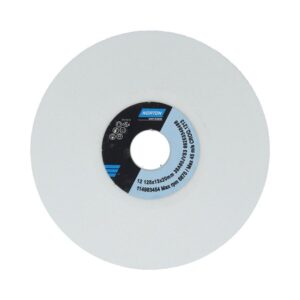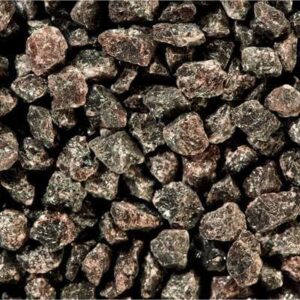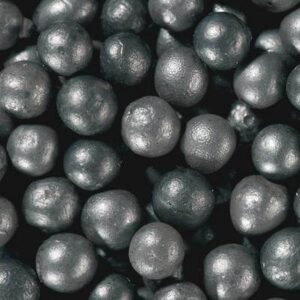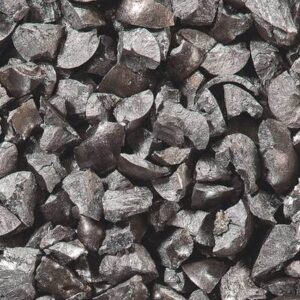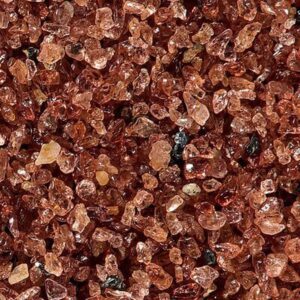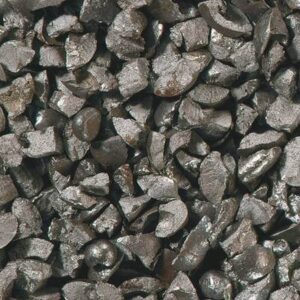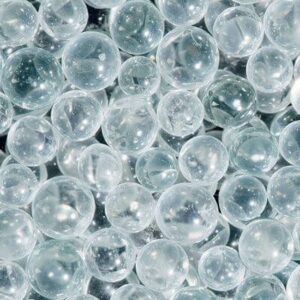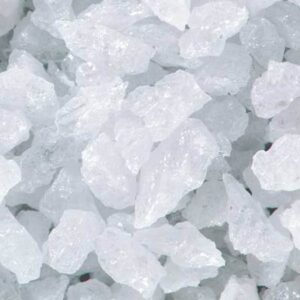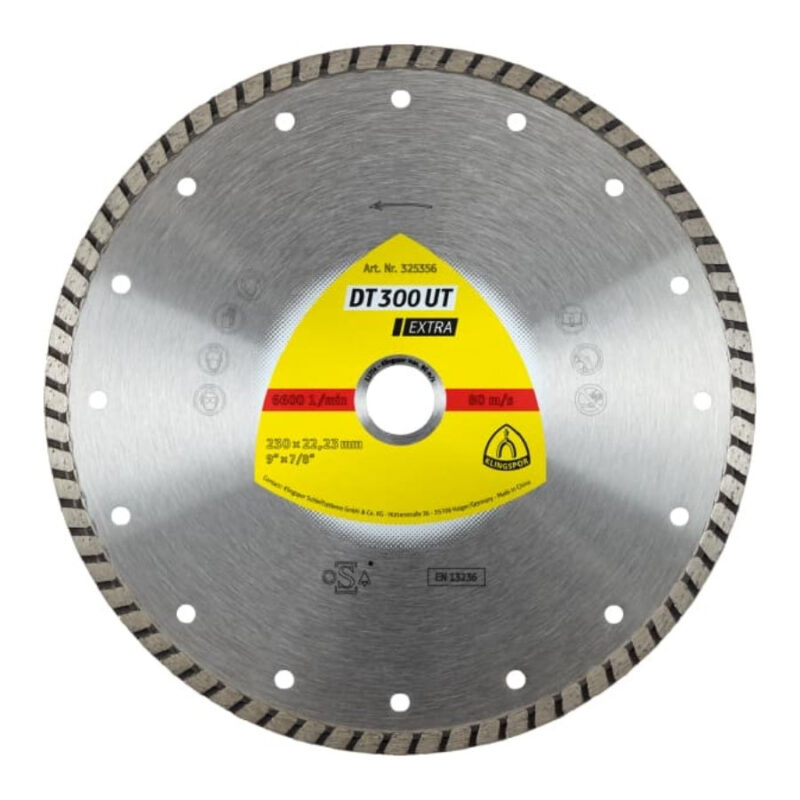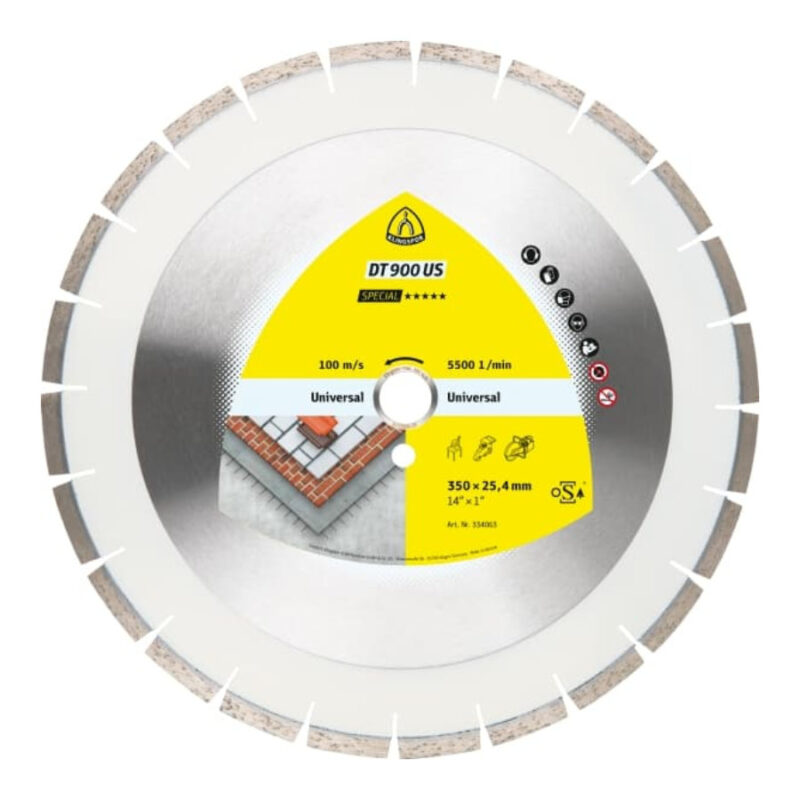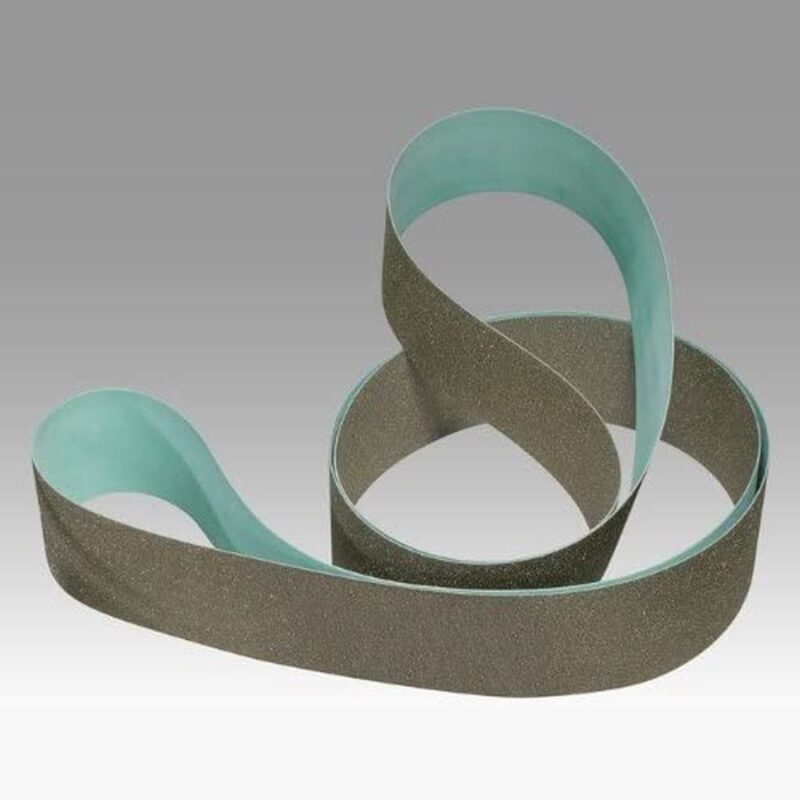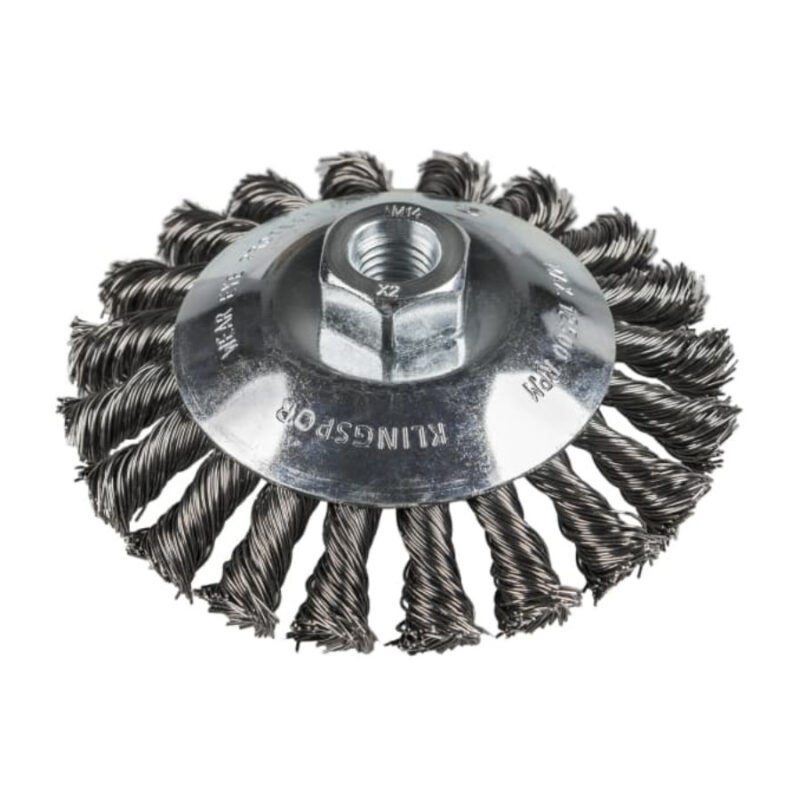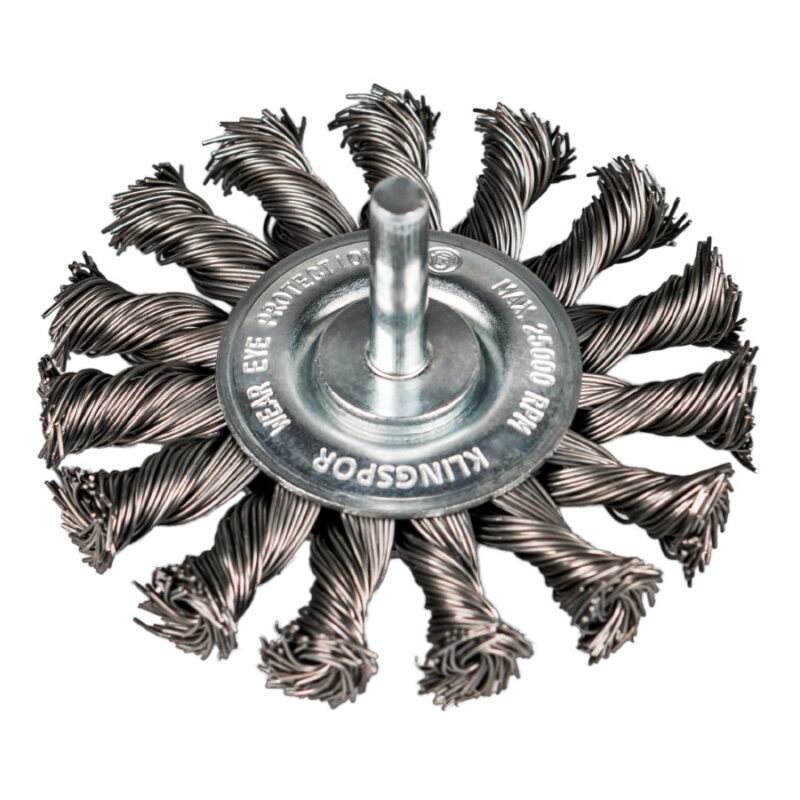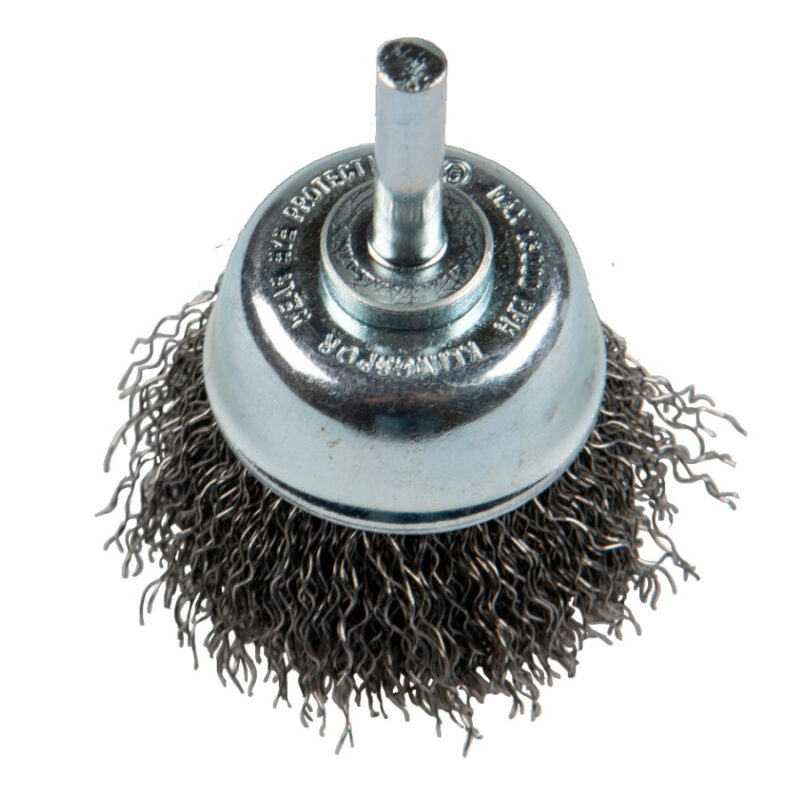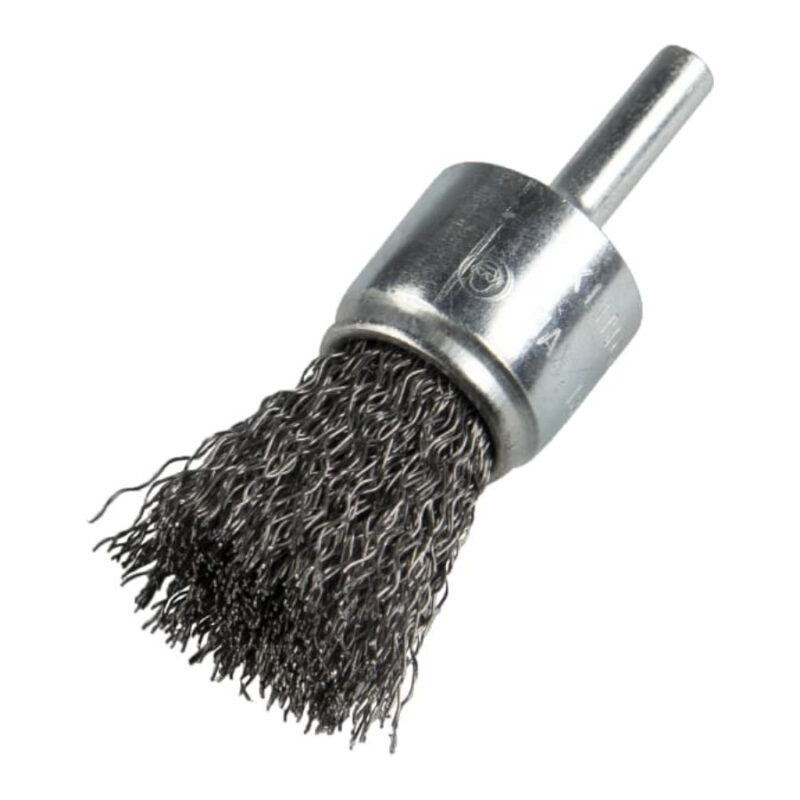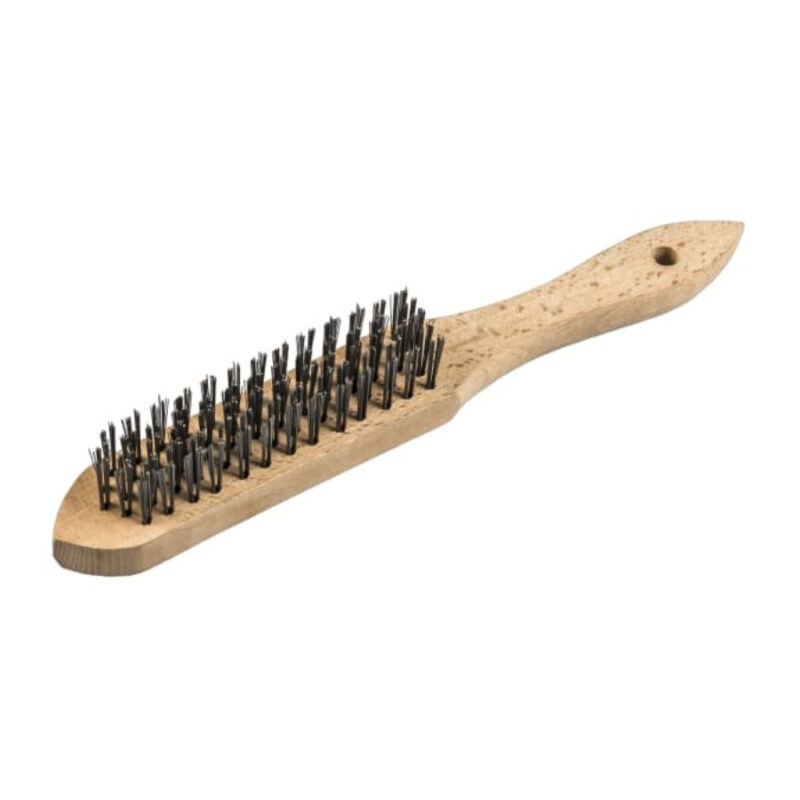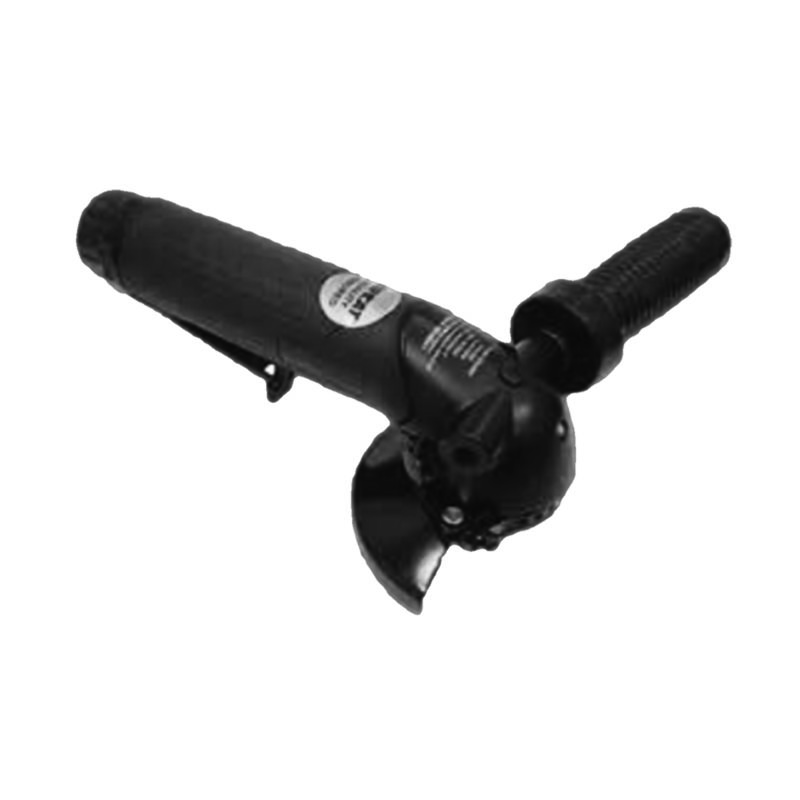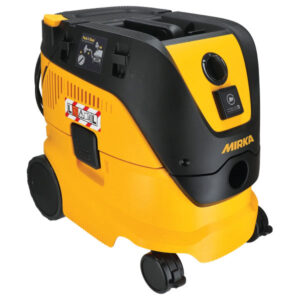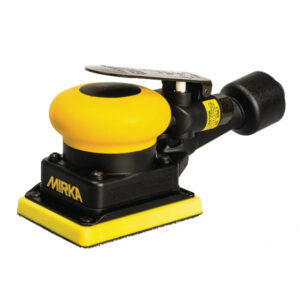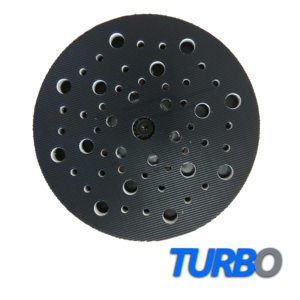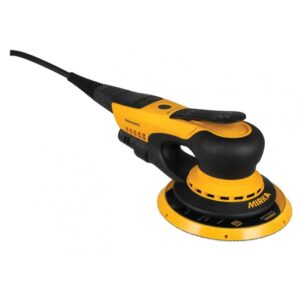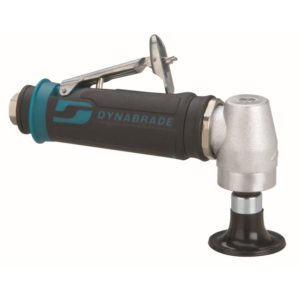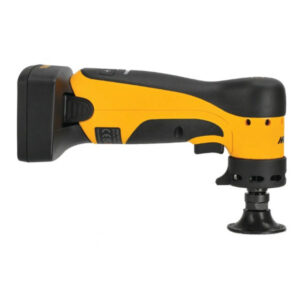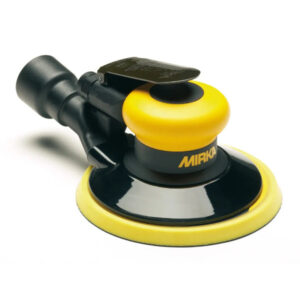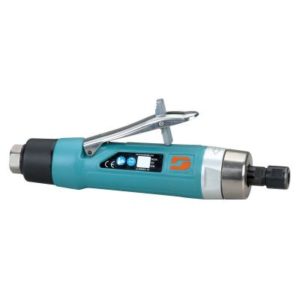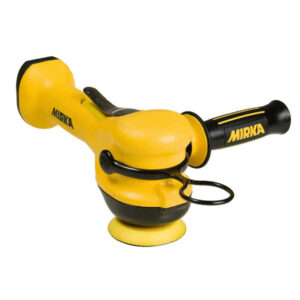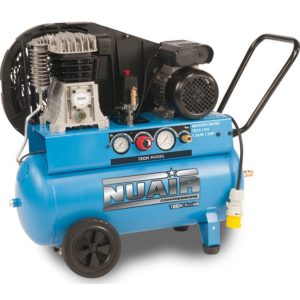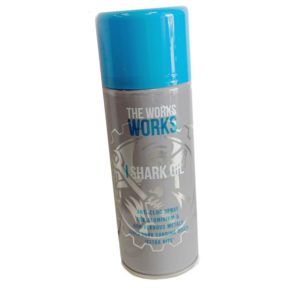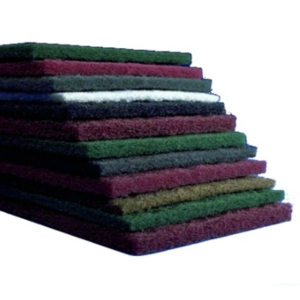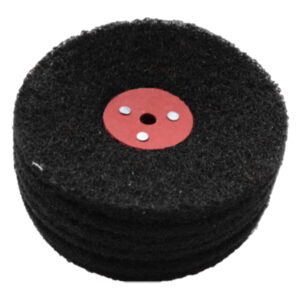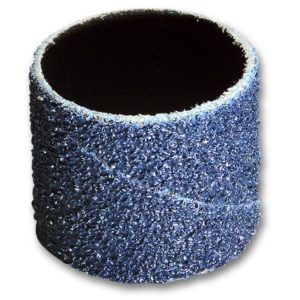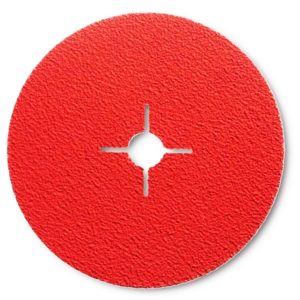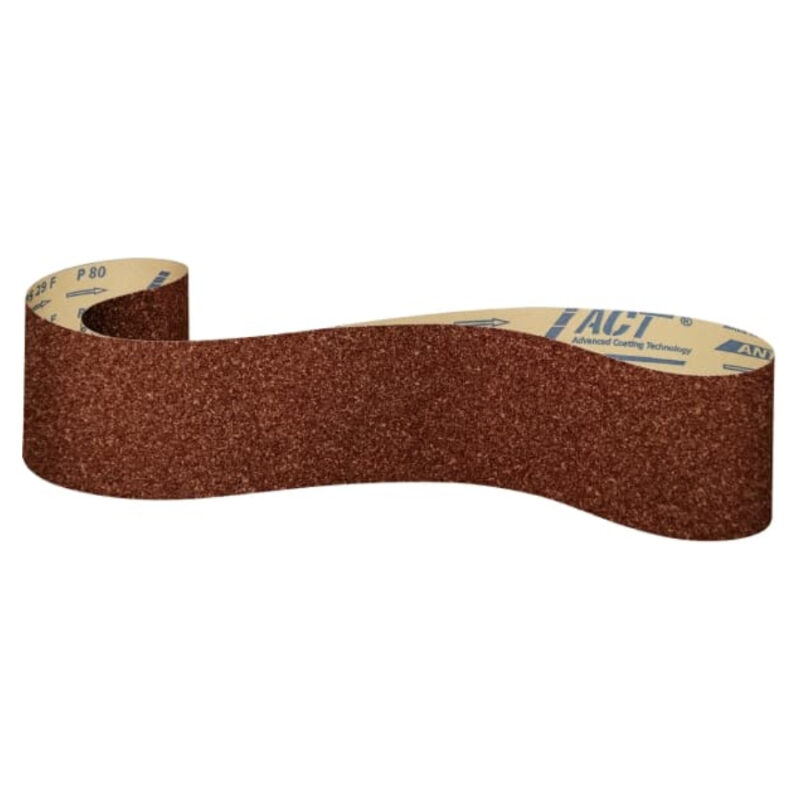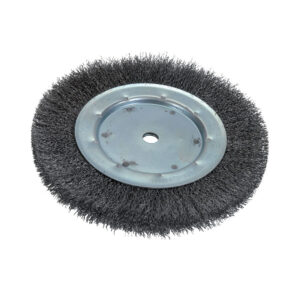Surface Finishing
Surface finishing is an important step in the manufacturing process that can greatly impact the performance and aesthetics of a product. It involves the process of smoothing, cleaning, and improving the surface of a material to achieve a desired finish. There are many different methods of surface finishing, each with unique advantages and applications.
One of the most common methods of surface finishing is abrasive blasting. This process involves using an abrasive material, such as sand or glass beads, to blast the surface of the material being finished. The abrasive material is propelled at high speed onto the surface, removing any unwanted material and creating a textured or matte finish. Abrasive blasting is often used in the automotive and aerospace industries for surface preparation before painting or coating.
Another method of surface finishing is polishing. Polishing involves using a polishing compound and abrasive material, such as a cloth or wheel, to smooth and shine the surface of a material. This process is often used in the jewelry industry for polishing precious metals and gemstones, as well as in the automotive industry for achieving a glossy finish on car parts.
Electroplating is another method of surface finishing that involves depositing a layer of metal onto the surface of a material. This process can be used to improve the appearance and corrosion resistance of a material. It is often used in the manufacturing of electronics and jewelry.
Chemical treatments are also a common method of surface finishing. These treatments involve using a chemical solution to alter the surface of a material, such as removing oxide layers or creating a protective coating. This process is often used in the metalworking industry for preventing corrosion and improving the surface finish of metal parts.
In addition to these methods, there are many other techniques and technologies used for surface finishing, including laser etching, powder coating, and anodizing. Each method has unique advantages and is suited to different applications.
The choice of surface finishing method will depend on several factors, including the material being finished, the desired finish, and the intended application of the finished product. It is important to carefully consider these factors when selecting a surface finishing method to ensure the best results.
In conclusion, surface finishing is an important process in the manufacturing industry that can greatly impact the performance and aesthetics of a product. There are many different methods of surface finishing available, each with unique advantages and applications. By carefully selecting the appropriate surface finishing method, manufacturers can achieve the desired finish and ensure the quality and durability of their products.
